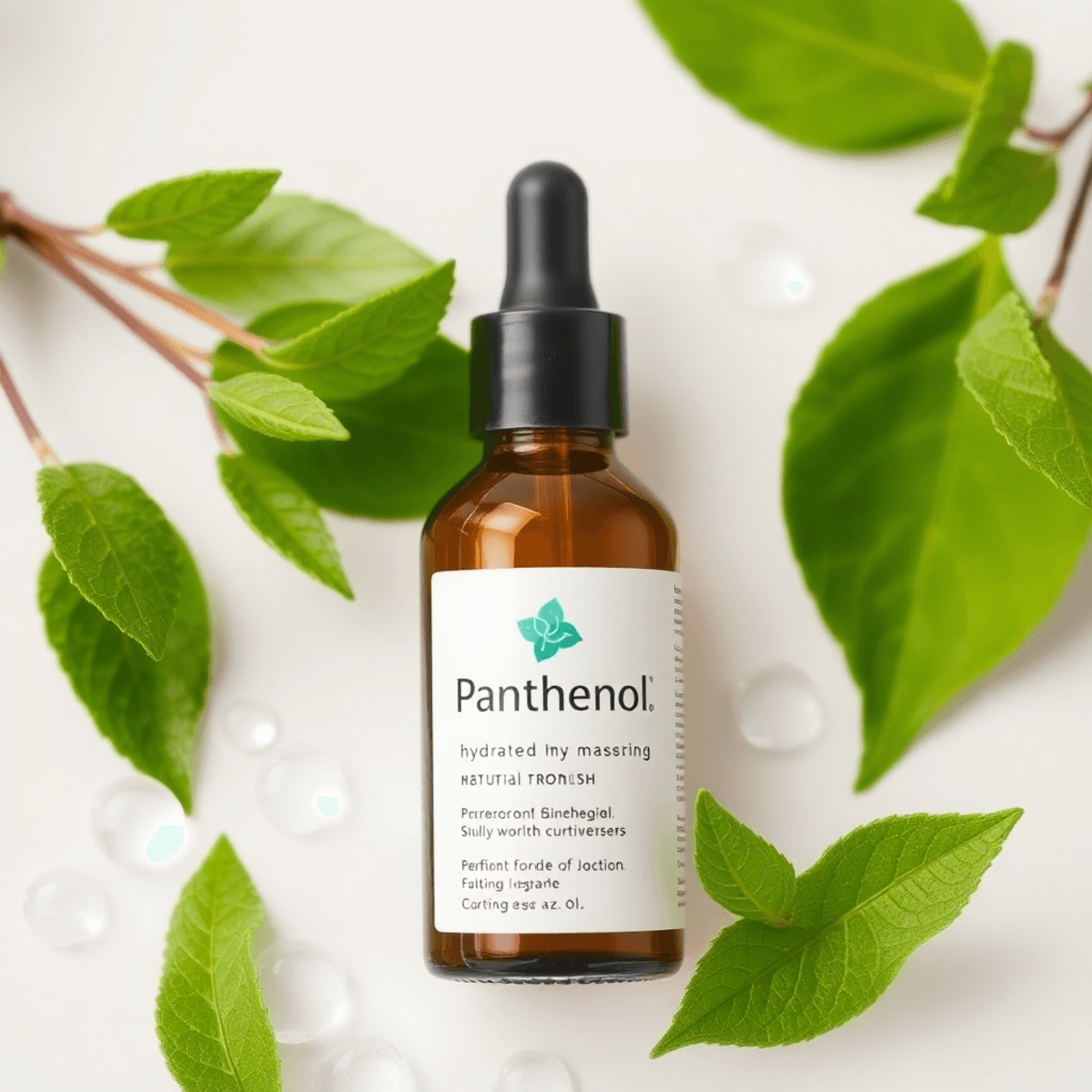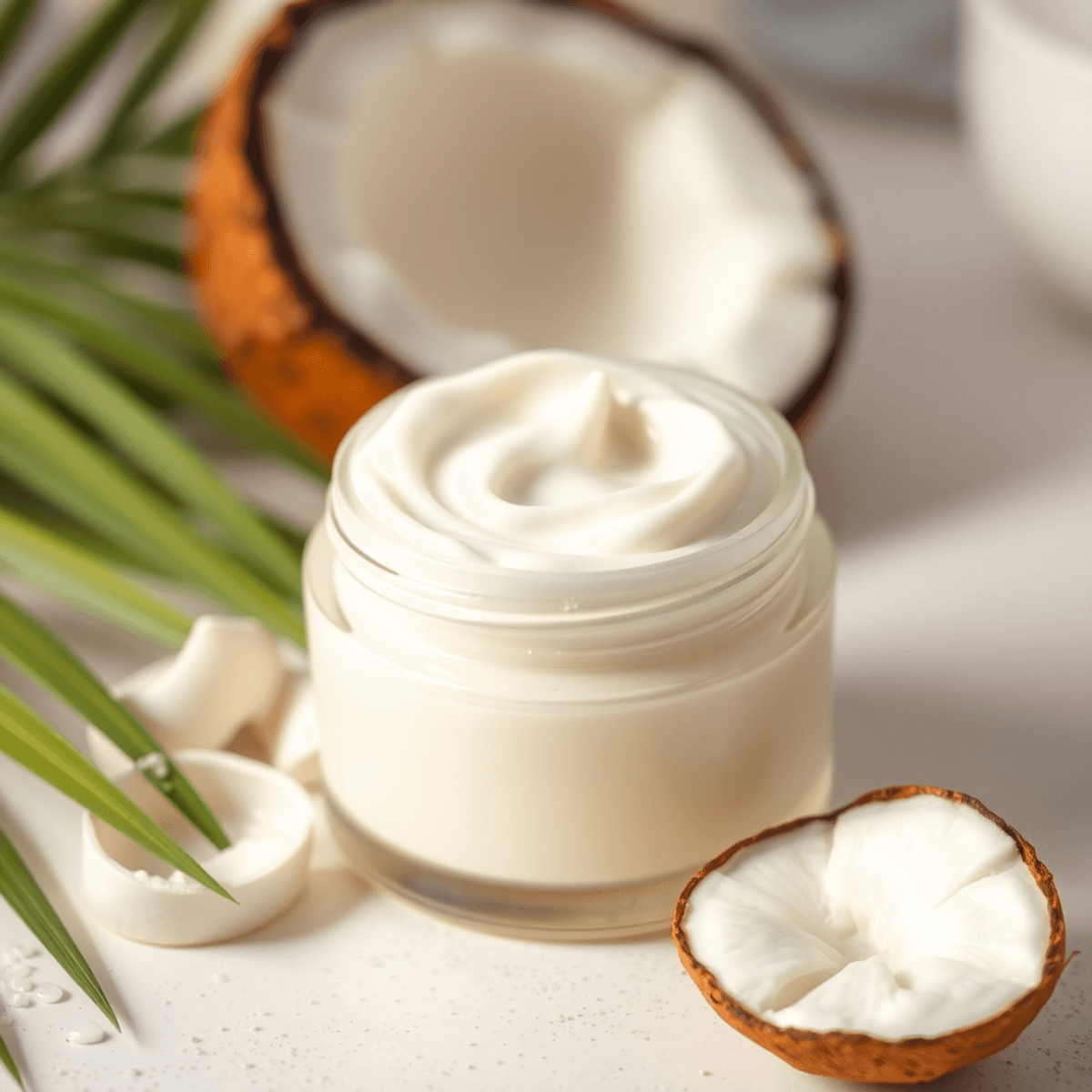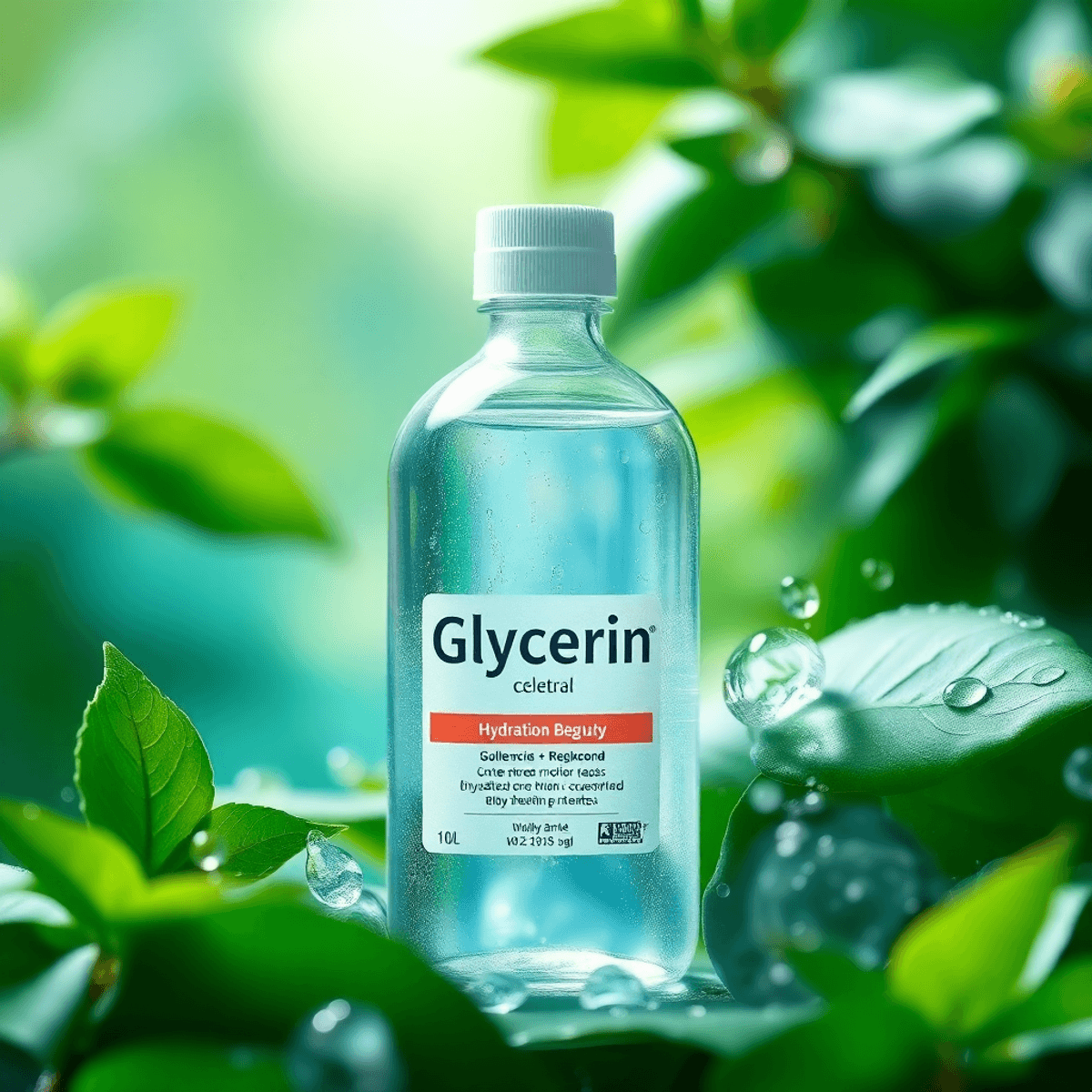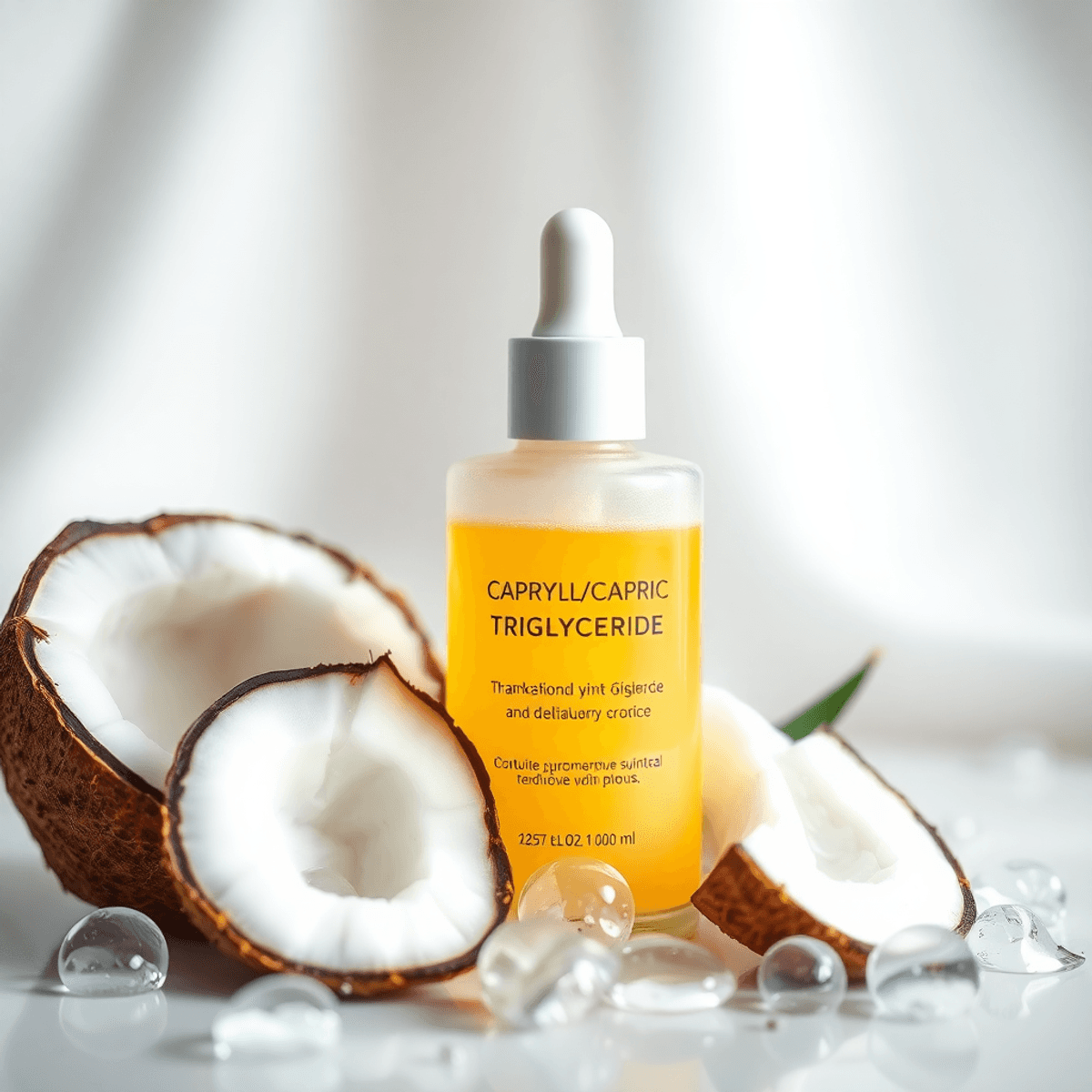Colloidal Silver: A Natural Remedy or a Health Risk?

Introduction
Colloidal silver, a suspension of microscopic silver particles in liquid, has gained attention as a natural remedy for various health conditions. It's often marketed as a dietary supplement and promoted for its supposed ability to cure infections, enhance the immune system, and treat serious diseases like cancer and HIV/AIDS. However, the question remains: is colloidal silver safe for your health?
This article aims to critically assess the safety and efficacy of colloidal silver. By examining both its purported benefits and potential health risks, we strive to provide a comprehensive understanding of this controversial substance. While some claim it offers significant health advantages, regulatory bodies like the U.S. Food and Drug Administration (FDA) have raised concerns about its use. Understanding these perspectives is essential in determining whether colloidal silver is indeed a beneficial natural remedy or poses more of a health risk.
Understanding Colloidal Silver
Colloidal silver is a mixture of tiny silver particles suspended in liquid. It's often promoted as a dietary supplement with various health benefits. This product typically consists of two main ingredients: pure water and very small silver particles that stay mixed in the solution.
Common Forms Available
- Silver Hydrosol: A popular form of colloidal silver that claims to have high purity and smaller particle sizes, supposedly making it more effective.
- Other Variants: Some products may differ in concentration and particle size, which could affect their claimed effectiveness and safety.
Typical Usage Methods
- Oral Consumption: Often taken as a dietary supplement, but it has significant safety concerns.
- Topical Application: Applied on the skin for minor wounds due to its antibacterial properties.
It's important to understand how to use colloidal silver, especially considering the potential risks linked to its oral consumption. While topical uses may provide some benefits, they should be approached with caution.
Claims and Benefits of Colloidal Silver
The appeal of colloidal silver benefits often depends on its supposed ability to boost the immune system and fight infections. Supporters say it can treat various conditions, from common colds to more serious illnesses like cancer and HIV/AIDS. Some even recommend it for preventing or treating infections because they believe it has antibacterial, antiviral, and antifungal properties.
Health claims associated with colloidal silver include:
- Boosting immune function
- Accelerating wound healing
- Acting as an antimicrobial agent
- Treating respiratory issues such as pneumonia
While these claims are widespread, they mostly rely on personal stories rather than solid scientific research. There are many testimonials and individual success stories out there, but they often lack the support of controlled studies or clinical trials.
Anecdotal Evidence vs. Scientific Research
Anecdotal evidence often highlights individual experiences where users report improvements in conditions after using colloidal silver. However, this type of evidence is subjective and can be influenced by various factors unrelated to the product itself.
On the other hand, scientific research presents a different perspective. Studies examining colloidal silver's effectiveness in medical treatments are limited and often inconclusive. Most research focuses on its topical use rather than ingestion, indicating little benefit outside specific situations.
The gap between personal claims and scientific validation raises doubts about the reliability of colloidal silver as a health remedy. For those looking into alternative treatments or natural health options, it's essential to approach such claims critically.
Regulatory Status and Safety Concerns of Colloidal Silver
The safety and effectiveness of colloidal silver have been widely debated, which has led to increased regulatory scrutiny. Here's an overview of the current regulatory status and safety concerns surrounding colloidal silver:
Regulatory Stance
The U.S. Food and Drug Administration (FDA) has taken a strong position against the use of colloidal silver products, stating that they are neither safe nor effective for treating any health condition. Companies making false claims about these products have faced regulatory actions, emphasizing the importance of consumer awareness.
The World Health Organization (WHO) and the Environmental Protection Agency (EPA) also provide guidelines regarding the use of colloidal silver. The WHO does not support its use for medical treatment due to lack of evidence supporting its benefits, while the EPA primarily focuses on environmental and safety standards related to silver exposure.
Safety Concerns
One major safety concern is argyria, a condition characterized by a permanent bluish-gray discoloration of the skin. This occurs when excessive amounts of silver build up in the body, often as a result of long-term colloidal silver usage. Argyria is irreversible and can affect other organs, causing significant cosmetic and potential health issues.
In addition to argyria, there are other risks associated with prolonged use or high doses of colloidal silver:
- Silver poisoning: Though rare, consuming large quantities can lead to toxic effects.
- Interference with medication absorption: Particularly antibiotics and thyroid hormones, potentially reducing their effectiveness.
These risks highlight the importance of understanding potential side effects before considering colloidal silver as a remedy. Being aware of regulatory viewpoints helps emphasize both the limitations and dangers associated with its use.
Given these concerns, exploring alternative treatments might be wise. For example, natural remedies such as those offered by 1936 Original, which include pain relief solutions and products for skin conditions like eczema and dermatitis, could serve as safer options for those seeking relief without the associated risks of colloidal silver.
Side Effects, Interactions and Limited Research on Colloidal Silver Efficacy
Colloidal Silver Side Effects:
Users of colloidal silver have reported a range of side effects. Among the most notable is argyria, a condition that results in a bluish-gray discoloration of the skin. This discolouration is permanent, often leading to significant cosmetic concerns. Beyond argyria, other side effects include:
- Gastrointestinal discomfort
- Neurological issues such as headaches and seizures
- Kidney damage
Interactions with Medications:
Colloidal silver can interfere with the effectiveness of certain medications, raising additional safety concerns. Notably, it affects the absorption and efficacy of antibiotics, potentially making bacterial infections harder to treat. It also poses risks when combined with thyroid medications as it may alter hormone levels, leading to imbalances.
Limited Research on Medicinal Uses:
The scientific community has conducted various studies to evaluate the medicinal uses of colloidal silver. However, many findings suggest limited efficacy:
- Topical Applications: Some research indicates potential antibacterial properties when used on minor skin wounds or burns.
- Oral Consumption: Insufficient evidence supports its use for internal conditions. Studies fail to demonstrate significant benefits in treating viral infections or chronic diseases.
The gap between anecdotal claims and scientific evidence is evident in these studies. Despite some historical usage before modern antibiotics became widespread, current research largely discourages its use for health treatments due to associated risks and lack of proven benefits.
Alternatives to Colloidal Silver: Safe and Effective Treatment Options for Infections
When looking for alternatives to colloidal silver, several safe and effective treatment options are available for infections. Among the most widely recognized are antibiotics, which have transformed the treatment of bacterial infections since their introduction in the 1940s. They are well-researched and generally safe when prescribed by a healthcare professional.
Natural remedies also provide viable alternatives. For example:
- Garlic: Known for its antibacterial properties, garlic can help combat minor infections.
- Honey: Often used for wound care due to its antimicrobial effects.
- Echinacea: Traditionally employed to support immune function.
For topical applications, antiseptic ointments such as those containing iodine or alcohol are effective in preventing infection in cuts or abrasions.
Consulting with healthcare providers ensures you choose a treatment that effectively targets your specific condition while minimizing risks, offering peace of mind compared to unregulated supplements like colloidal silver.
Conclusion: Understanding the Risks and Limitations of Colloidal Silver as a Remedy
When assessing the safety of colloidal silver, it's crucial to weigh its claimed benefits against well-documented health risks. While it has been marketed for various health improvements, scientific evidence supporting these claims is scarce. The potential for severe side effects, including argyria, cannot be ignored. Experts consistently question, is colloidal silver safe for your health? Given the lack of concrete benefits and significant risks, caution is advised. Exploring proven alternatives and consulting healthcare professionals can ensure safer health decisions. Engaging in informed discussions about remedies remains vital for your well-being.
FAQs (Frequently Asked Questions)
What is colloidal silver?
Colloidal silver is a suspension of microscopic silver particles in liquid, often marketed as a natural remedy for various health conditions.
What are the common forms of colloidal silver available?
One popular form of colloidal silver is Silver Hydrosol, which claims to have enhanced bioavailability compared to other forms.
How is colloidal silver typically used?
Colloidal silver is often taken orally as a dietary supplement, although its safety and effectiveness for such use are debated.
What are the potential side effects of using colloidal silver?
Users have reported various side effects, including argyria, which is a condition that causes a bluish-gray discoloration of the skin due to excessive silver accumulation.
What is the regulatory stance on colloidal silver?
The U.S. Food and Drug Administration (FDA) has issued warnings regarding the safety and effectiveness of colloidal silver, emphasizing that it should not be used as a treatment for any disease.
Are there safe alternatives to colloidal silver for treating infections?
Yes, there are several safe and effective treatment options available for infections that do not carry the risks associated with colloidal silver use.












